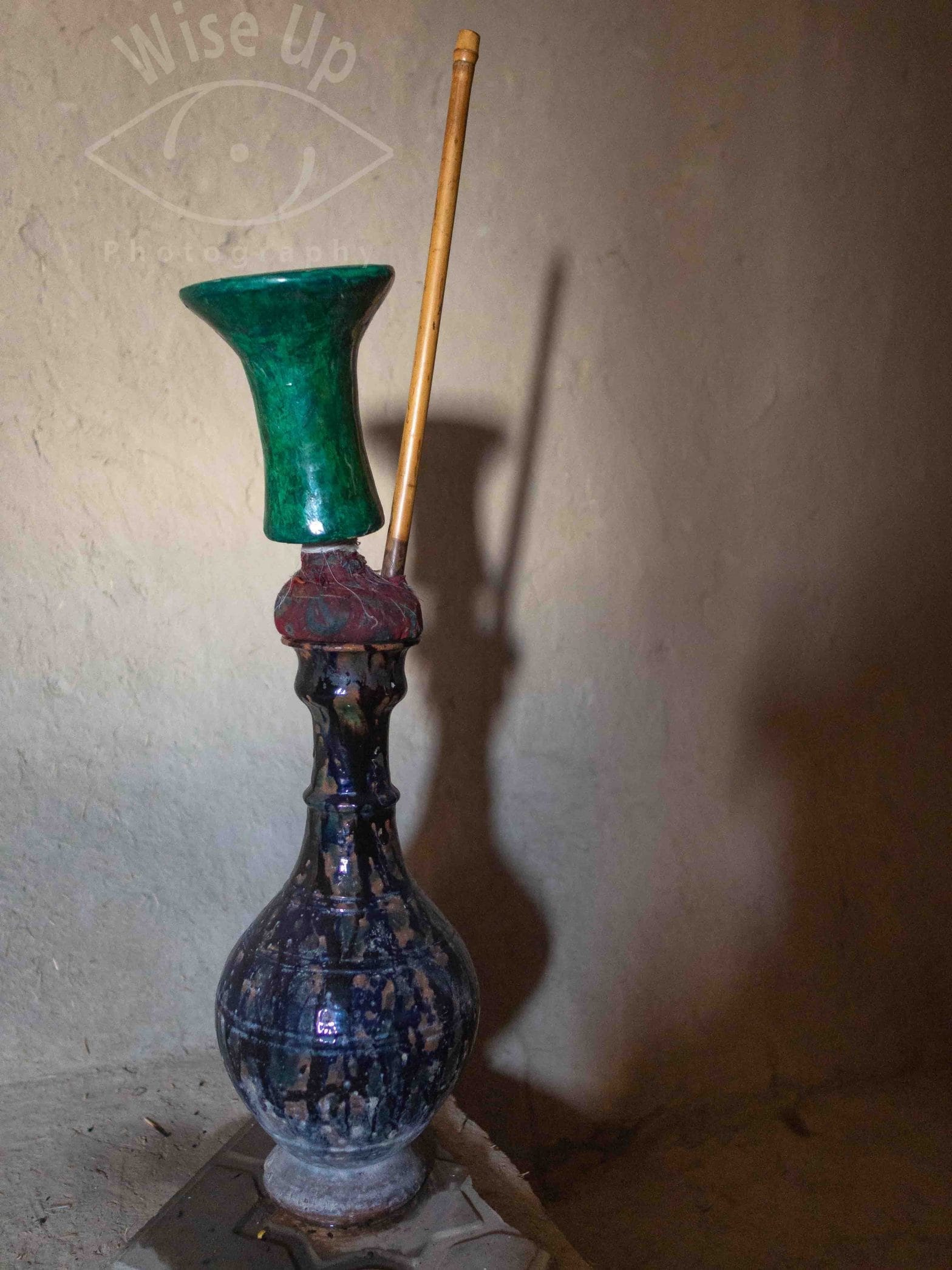What is an Afghan Chillum? A Deep Dive into Its History and Cultural Significance
The Afghan chillum (also spelled chilum or chilam) is a fascinating and intricate device that stands apart from other smoking tools. Unlike the Indian chillum, which is a simple conical pipe, the Afghan chillum is a water pipe—closer in design to a hookah, hubble bubble, nargile, or chicha. But what makes it truly unique is its construction, the ritual of preparing it, and its deep-rooted place in Afghan culture. In this article, we’ll explore how an Afghan chillum works, the artistry behind its preparation, and its role in Afghan hashish traditions.
If you’re intrigued by the rich culture surrounding Afghan chillums, you’ll love “Afghanistan, Fortress of Cannabis“, a photo book that dives deep into the history, traditions, and artistry of Afghan hashish culture.

How Does it Work?
The Afghan chillum is a water pipe designed for smoking hashish, and its construction is both functional and artistic. Here’s a breakdown of its components and how they work together:
- The Jar (Base):
The foundation of the chillum is a jar, typically made of ceramic or glass, filled with water. This jar acts as a filtration system, cooling the smoke and removing impurities before inhalation. - The Pipes:
Two bamboo pipes are tied together with a cloth. One pipe extends vertically into the jar, reaching almost to the bottom, where the smoke enters the water. The other pipe is angled at 45 degrees at the top of the jar, serving as the mouthpiece for drawing the smoke. - The Cloth Seal:
The cloth that binds the two pipes is layered and tightly wrapped around the joints, creating a seal. When water is poured over the cloth, it expands, making the seal even tighter and ensuring no air escapes. - The Bowl (Sarchana):
At the top of the vertical pipe sits the bowl, known as the sarchana. Made of clay, the bowl comes in various shapes and sizes. Inside the bowl, a ball of wire mesh acts as a filter, collecting tar and oils from the hashish and preventing charcoal from falling into the pipe.
The Art of Preparing an Afghan Chillum
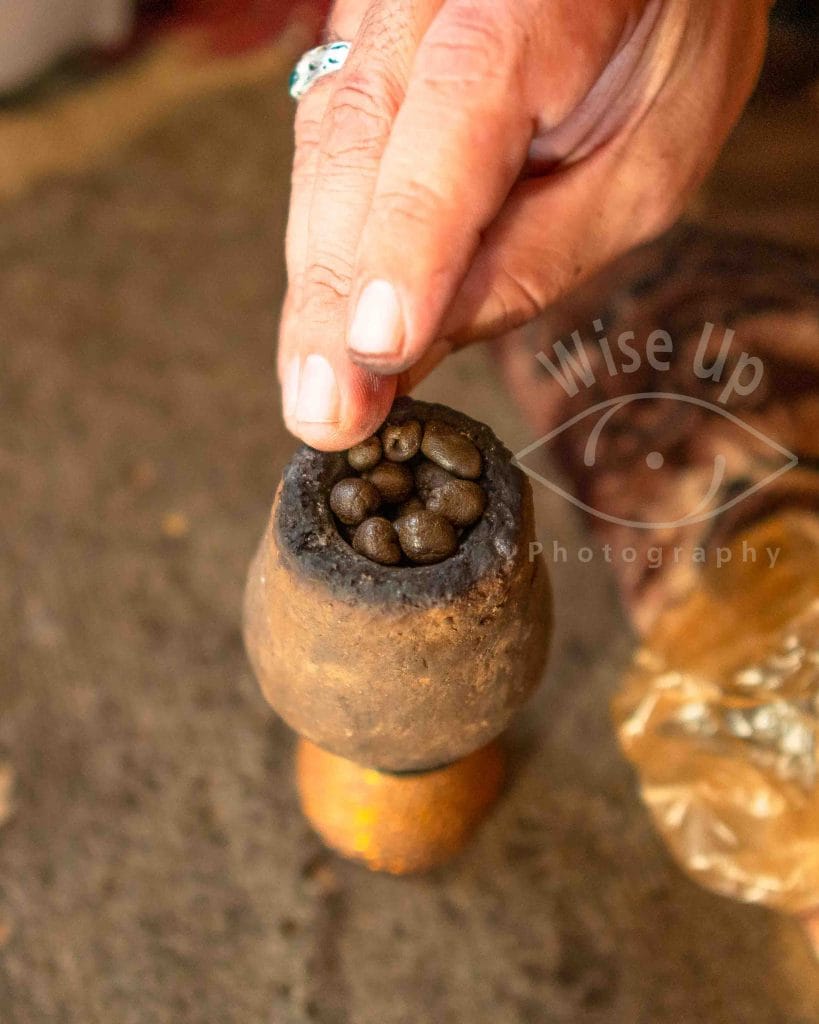
Preparing an Afghan chillum is a ritual in itself, requiring skill, patience, and a deep appreciation for the process. Here’s how it’s done:
- Charcoal Preparation:
Charcoal is as prized as the hashish itself. It’s carefully stored in plastic bags to protect it from humidity and is often homemade from various types of wood. The charcoal is ground using a special metallic sieve, which separates small, usable chunks from dust. - Layering the Bowl:
- The first layer consists of the largest charcoal chunks, placed directly on top of the wire mesh ball.
- Next, the hashish is added. It can be shaped into small balls or strips, depending on personal preference.
- Finally, a layer of smaller charcoal chunks is placed on top of the hashish.
- Lighting the Chillum:
The top layer of charcoal is ignited with one or two matches while inhaling through the pipe. As the oily hashish meets the burning charcoal, flames may appear, but these are quickly subdued by adding more charcoal. - The Smoking Experience:
The result is a smooth, flavorful smoke that sits somewhere between combustion and vaporization. The water filtration cools the smoke, while the charcoal and hashish create a unique aroma and effect.
Afghan and Indian Chillum How different are they ?
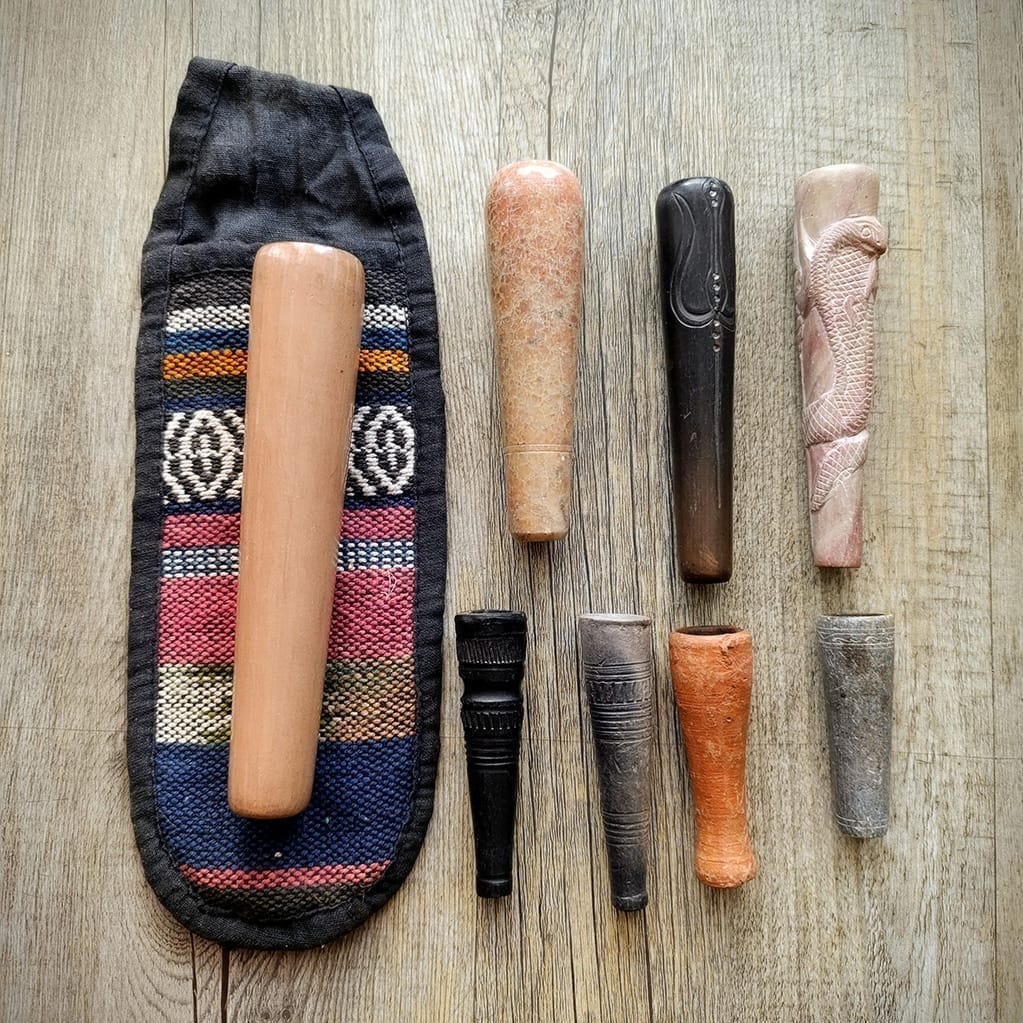
While both devices share the name “chillum,” they are fundamentally different in design and use:
- Design:
- Afghan Chillum: A water pipe with a jar, bamboo pipes, and a clay bowl. It uses water filtration and is designed for smoking pure hashish.
- Indian Chillum: A simple conical pipe, usually made of clay, stone, or coconut tree leaves. It’s used for smoking hashish with tobacco or weed without water filtration.
- Cultural Context:
- Afghan Chillum: Used in social settings and mystic rituals, often shared among friends and family. It’s a symbol of craftsmanship and community.
- Indian Chillum: Often associated with spiritual practices and used by sadhus (holy men) in meditative or religious contexts.
- Usage:
- Afghan Chillum: Designed for smooth, filtered smoking of pure hashish.
- Indian Chillum: Provides a direct, unfiltered smoking experience.
Why the Afghan Chillum is Unique
The Afghan chillum is more than just a water-pipe—it’s a cultural experience. Here’s what sets it apart:
- Customization and Personalization:
Every chillum is a unique experience. From the type of charcoal used to the way the hashish is layered, each detail reflects personal preferences and traditions. People even decorate their chillums, adding a touch of individuality. - A Ritual of Connection:
In Afghanistan, the chillum is often shared among friends and family, creating a sense of community and camaraderie. It’s a social ritual, often accompanied by green tea and conversation. - A Room for the Chillum:
In Afghan homes, there’s often a separate room reserved for men to gather and socialize. For hashish enthusiasts, this room always has a chillum ready for use. There are also dedicated chillum houses, similar to tea houses, where people come together to smoke and relax.
A Brief History of the Afghan Chillum
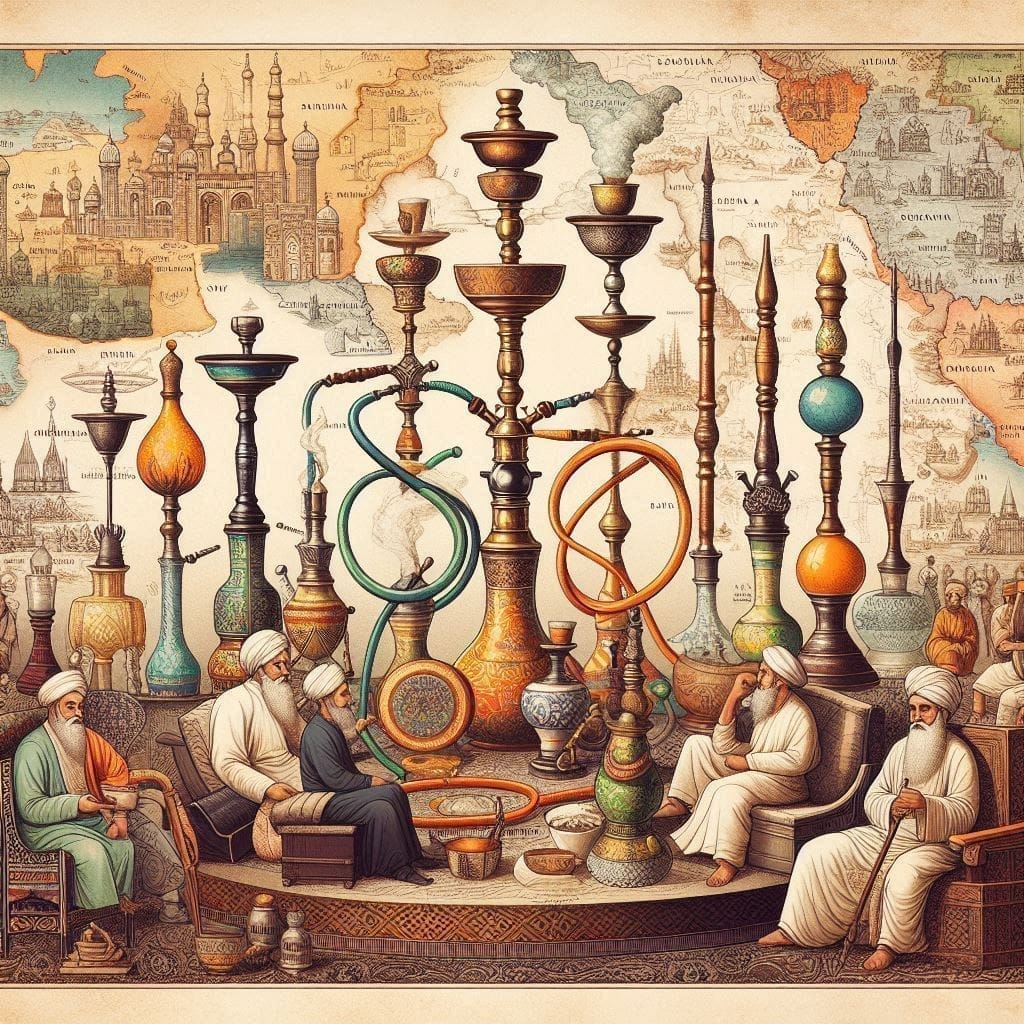
While the exact origins of the Afghan chillum are unclear, its history is deeply intertwined with the introduction of tobacco and the spread of hashish in the region.
- The Probable African Origin of the Water Pipe:
While the Afghan chillum is deeply rooted in Afghan culture, its design may trace back to earlier innovations. Historians suggest that water pipes likely originated in Africa, where early versions were used for smoking various substances. However, due to a lack of concrete evidence, this remains a theory. - The Introduction of Tobacco:
Water pipes became popular in the 17th century, spreading between India and Iran after the introduction of tobacco. Prior to this, cannabis products were typically ingested or smoked in “hot boxes.” - The Rise of Hashish:
With the arrival of tobacco, hashish quickly gained popularity in the Middle East and Asia. The technique of smoking pure hashish with charcoal in a chillum became a cherished tradition in Afghanistan. - A Connection to India:
Interestingly, older generations in North India use a device similar to the Afghan chillum to smoke raw tobacco, and it’s also called a chillum. This shared terminology, including with the conical pipe, highlights the cultural exchange between the regions.
The Afghan Chillum Today
Today, the Afghan chillum remains a symbol of tradition and craftsmanship. It’s not just a tool for smoking hashish but a cultural artifact that reflects the artistry and heritage of Afghanistan.
If you’re fascinated by the Afghan chillum and the culture surrounding it, you’ll love “Afghanistan, Fortress of Cannabis“. This photo book offers an in-depth look at Afghan hashish traditions, from the artistry of chillums to the history of cannabis in the region.
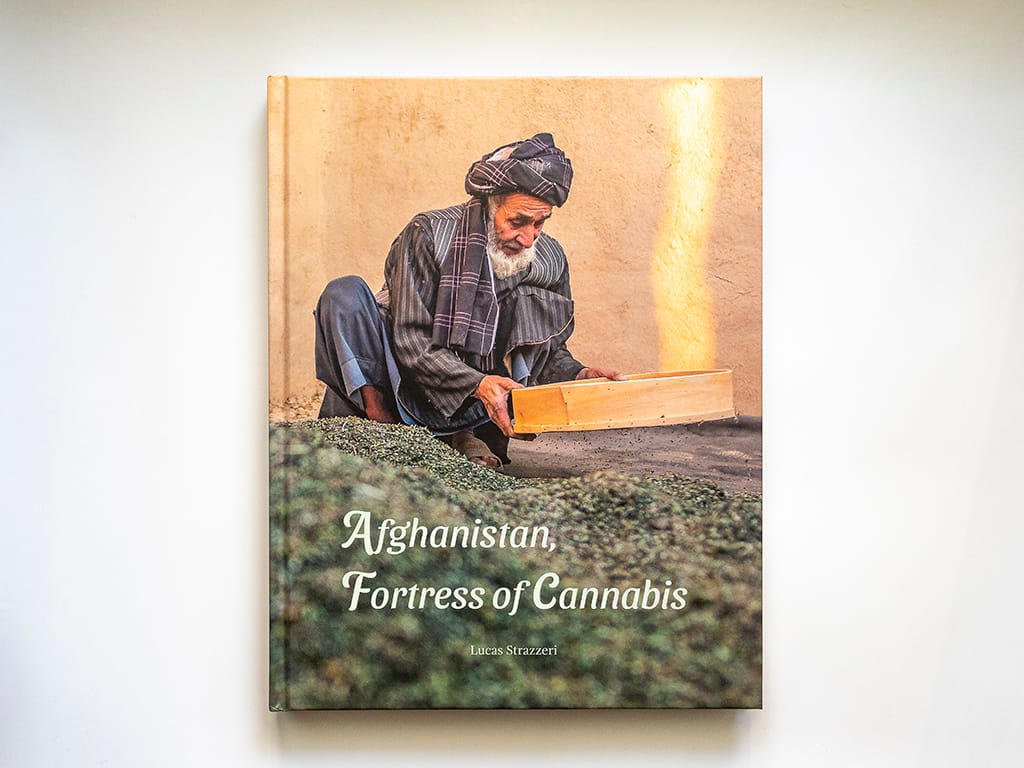
Conclusion
The Afghan chillum is a masterpiece of design and tradition, blending functionality with artistry. From its intricate construction to the ritual of preparing it, every aspect of the chillum reflects the rich culture of Afghanistan. Whether you’re a cannabis enthusiast or simply curious about this unique device, the Afghan chillum offers a glimpse into a world of tradition, connection, and craftsmanship.
Explore this world further with “Afghanistan, Fortress of Cannabis“, a photo book that captures the essence of Afghan hashish culture.

